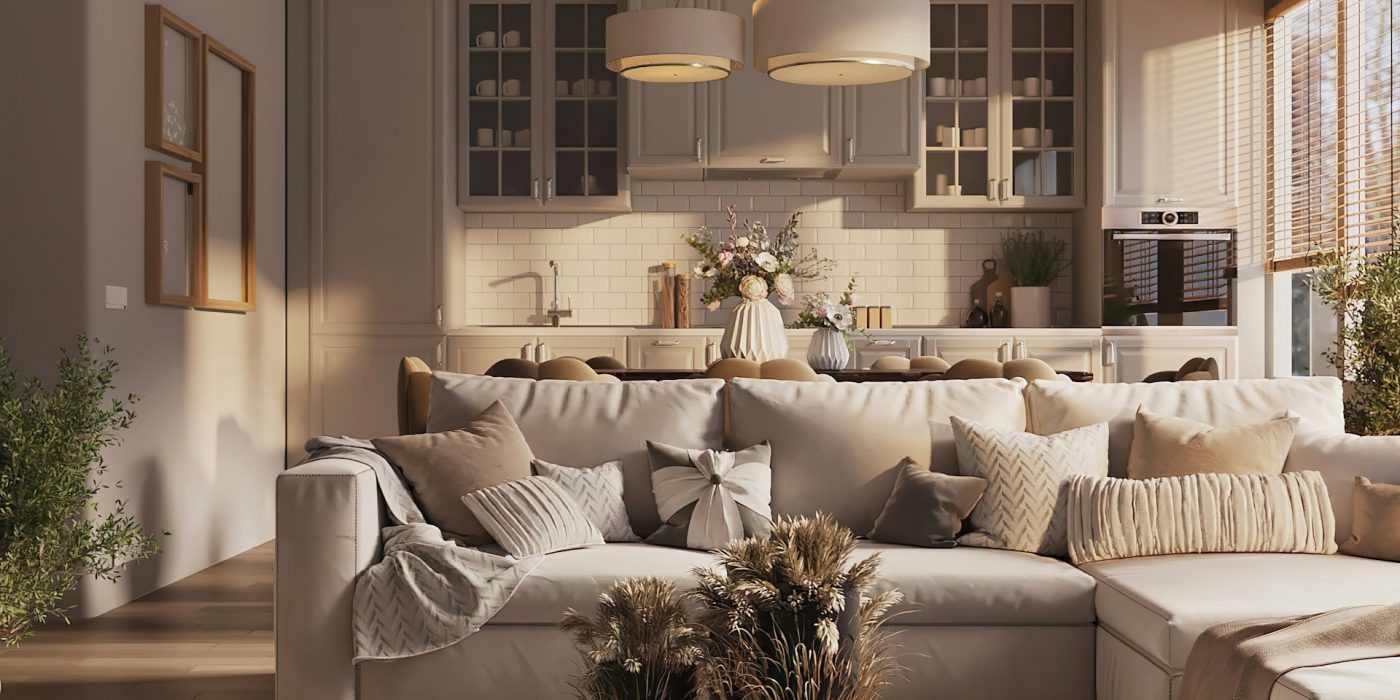Preparing Your UK Home for Sale Staging Tips to Attract Buyers
Selling your home in the UK property market can be a competitive endeavour. While location and price are crucial, the initial impression your property makes on potential buyers is equally vital. This is where home staging comes in – it’s the art of preparing your home to appeal to the widest possible audience, helping them envision themselves living there. Effective staging can lead to faster sales and even higher offers.
Here’s how to prepare your UK home for sale, ensuring it stands out from the crowd:
1. Declutter and Depersonalise
This is often the most challenging but most important step. Buyers need to see the space, not your stuff.
- Remove Personal Items: Pack away family photos, personal collections, unique artwork, and excessive knick-knacks. The goal is for buyers to project their own lives into the space, not be distracted by yours.
- Clear Surfaces: Tabletops, kitchen counters, bookshelves, and windowsills should be as clear as possible. Less clutter makes rooms feel larger and cleaner.
- Minimalist Wardrobes & Cupboards: Buyers will open cupboards and wardrobes. Ensure they’re not overflowing. Organised and half-empty cupboards suggest ample storage space.
2. Deep Clean Everything
A sparkling clean home sends a message of care and good maintenance.
- Sparkle & Shine: Clean every surface, from skirting boards to ceiling corners. Pay special attention to kitchens and bathrooms – these are major selling points.
- Odour Neutralisation: Eliminate pet odours, cooking smells, and dampness. Air out the house regularly. Consider subtle diffusers or fresh flowers, but avoid overpowering artificial scents.
- Windows & Mirrors: Clean windows let in more light, making rooms brighter and more inviting. Spotless mirrors enhance perceptions of space and cleanliness.
3. Tackle Essential Repairs and Maintenance
Minor repairs can make a big difference to a buyer’s perception of the home’s condition.
- Fix the Small Stuff: Leaky taps, squeaky doors, loose tiles, cracked grout, and peeling paint are all red flags that suggest deferred maintenance. Address them before viewings begin.
- Light It Up: Replace any blown light bulbs. A well-lit home feels more welcoming and spacious.
- Exterior Check: Don’t forget the outside! Fix broken fences, clear gutters, and ensure the front door looks inviting.
4. Enhance Curb Appeal
First impressions start even before a buyer steps inside. Your home’s exterior needs to draw them in.
- Front Garden & Entrance: Tidy up the garden, mow the lawn, prune bushes, and weed flowerbeds. Consider adding a few potted plants for instant colour.
- Front Door Refresh: A freshly painted front door (a neutral, appealing colour like grey, navy, or a classic black) with clean hardware can instantly elevate the exterior.
- Clear Pathways: Ensure paths and driveways are clean and free of debris.
5. Optimise Layout and Furniture Placement
Thoughtful arrangement can make rooms feel more spacious and functional.
- Create Flow: Arrange furniture to create clear pathways through rooms. Don’t block windows or doorways.
- Define Spaces: Even in open-plan areas, arrange furniture to suggest distinct zones for living, dining, or working.
- Right-Sized Furniture: If a room is cramped with oversized furniture, consider removing a piece or two for viewings to make the space feel larger.
6. Neutralise and Brighten
While you might love vibrant colours, potential buyers might not.
- Neutral Palette: Stick to neutral paint colours like soft greys, whites, or creams. These make rooms feel larger, brighter, and provide a blank canvas for buyers.
- Maximise Light: Open curtains and blinds fully during viewings. Clean windows let in more light. Add lamps to darker corners to create warmth and ambiance.
- Strategic Accessories: Use cushions, throws, and subtle artwork in complementary, understated colours to add warmth without overwhelming the space.
7. Create Ambiance
Appeal to the senses to make your home feel inviting.
- Fresh & Airy: Open windows briefly before viewings.
- Subtle Scents: A freshly brewed coffee, baking bread (if you have time!), or a very light, natural air freshener can create a welcoming atmosphere. Avoid strong, artificial sprays.
- Warm Lighting: Ensure all rooms are well-lit, especially in the darker UK months. Use warm-toned bulbs.
The Return on Investment
While staging requires effort and sometimes a small investment, the return can be significant. A well-staged home not only appeals to more buyers but can also reduce the time your property spends on the market and potentially increase its selling price. It helps buyers see the house as a potential home, rather than just a structure.
By following these tips, you’re not just selling a house; you’re selling a lifestyle and a dream, significantly improving your chances of a successful sale in the competitive UK property market.




